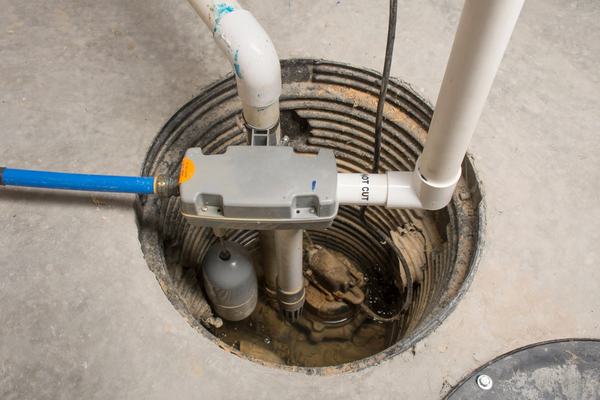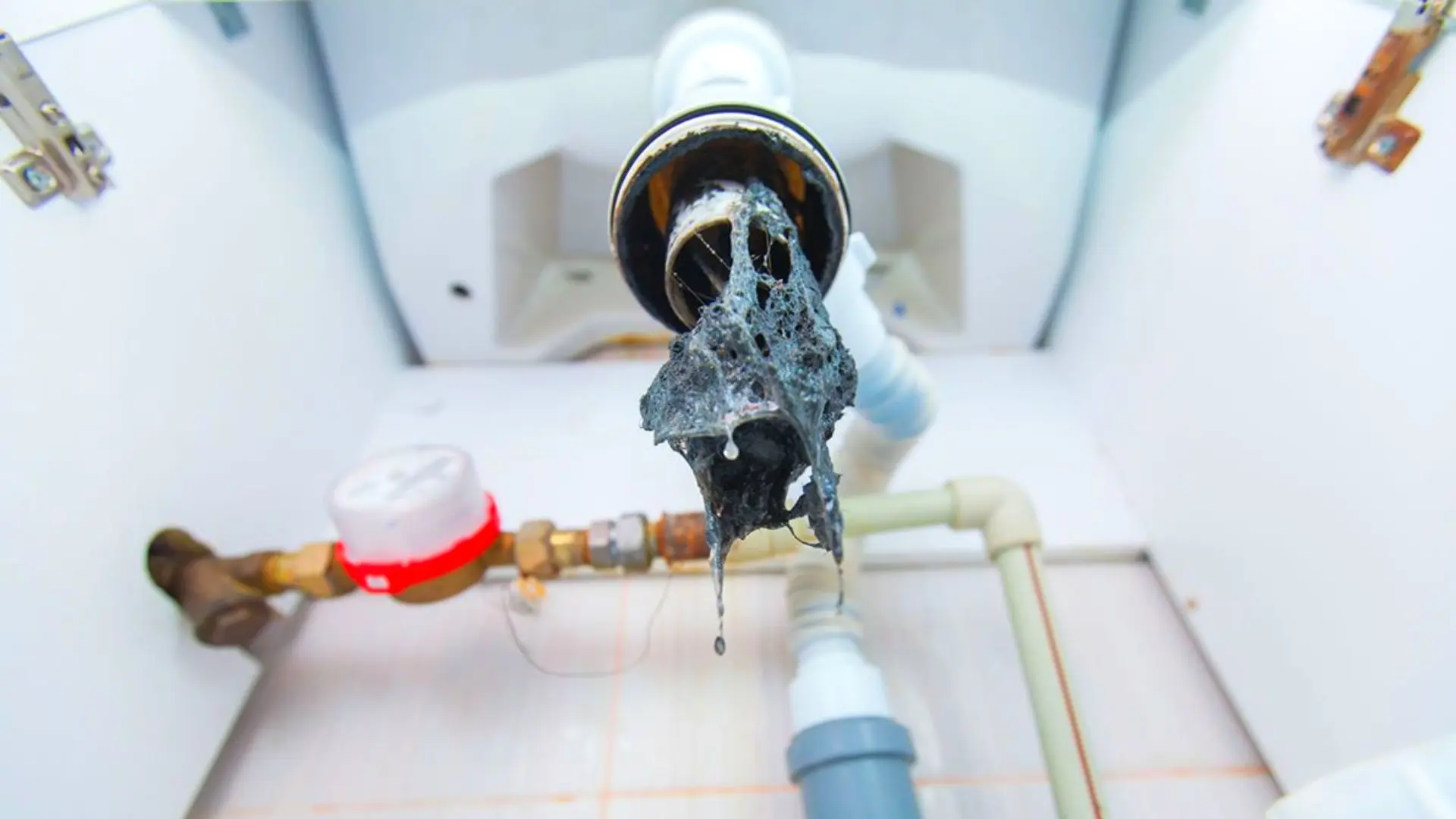Any individual may have their personal way of thinking involving Low Water Pressure in the House?.

Low water stress in your house can be a discouraging trouble, influencing every little thing from bathing to cleaning meals. If you're experiencing weak water circulation, there are several possible causes and solutions to explore. In this overview, we'll go over typical factors for low water stress and useful actions to resolve the problem successfully.
Introduction to Low Water Stress
Low tide pressure happens when the circulation of water from your faucets, showers, and other fixtures is weaker than usual. This can make day-to-day jobs more tough and less reliable. Understanding the reasons for low water stress is crucial to discovering the appropriate service.
Common Reasons For Low Water Stress
Pipeline Obstructions
With time, pipes can become clogged with natural resource, debris, or debris, restricting the flow of water. This is a typical issue in older homes with galvanized steel pipelines.
Rust
Corrosion within pipelines can cause leakages and lowered water pressure. Rust build-up can restrict water circulation, especially in aging plumbing systems.
Faulty Stress Regulatory Authorities
Stress regulatory authorities are in charge of preserving regular water stress in your house. If they malfunction, it can result in low tide pressure or irregular circulation throughout your house.
Community Water Supply Issues
Sometimes, the problem lies outside your home. Municipal supply of water problems, such as main line leaks or upkeep work, can temporarily decrease water stress in your location.
Exactly How to Detect Low Tide Pressure
Examining Faucets and Components
Start by examining the water stress at various taps and components throughout your home. If the issue is isolated to certain areas, it might indicate localized troubles.
Checking Pipes
Evaluate noticeable pipes for indications of leaks, rust, or clogs. Pay attention to any type of unusual audios, such as knocking or rattling pipelines, which could indicate issues within the plumbing system.
Consulting with a Plumber
If you're incapable to determine the cause of low tide pressure, take into consideration working with a specialist plumber to carry out a thorough evaluation. They can recognize underlying issues and recommend suitable solutions.
DIY Solutions to Deal With Low Water Stress
Cleansing Aerators and Showerheads
Mineral deposits can collect in aerators and showerheads, lowering water flow. Eliminate and clean these components consistently to enhance water pressure.
Flushing Water Heater
Sediment buildup in the water heater can restrict flow and minimize effectiveness. Flushing the storage tank regularly assists get rid of sediment and maintain ideal performance.
Checking Stress Regulator
Guarantee that the pressure regulatory authority is working correctly. Changing or replacing the regulatory authority can assist recover correct water pressure throughout your home.
Clearing Clogs in Pipes
For small obstructions, attempt making use of a plumbing serpent or chemical drain cleaner to clear obstructions in pipelines. Be cautious when making use of chemicals and follow safety guidelines.
When to Call a Specialist Plumber
If DIY efforts fall short to solve the concern or if you believe substantial plumbing troubles, it's finest to seek support from an accredited plumber. They have the expertise and tools to resolve complex problems securely and properly.
Preventive Measures to Preserve Water Pressure
Regular Upkeep
Arrange routine upkeep for your plumbing system to avoid issues such as corrosion, leakages, and blockages. Attending to minor issues early can aid prevent even more considerable repair work later.
Installing a Stress Booster
Take into consideration installing a pressure booster pump to improve water pressure in areas with continually reduced flow. This can be particularly beneficial for multi-story homes or buildings with high-demand components.
Surveillance Water Use
Bear in mind water use practices and prevent overtaxing the plumbing system. Basic adjustments, such as incredible showers and laundry lots, can assist maintain sufficient water stress.
Verdict
Taking care of low water pressure can be aggravating, yet determining the underlying reasons and executing appropriate options can recover ideal flow throughout your home. Whether it's cleansing aerators, checking pipelines, or speaking with a plumber, taking proactive steps can guarantee a steady supply of water for your daily needs.
FOUR WAYS TO FIX LOW WATER PRESSURE NOW
Turning on a shower or faucet only to find the water comes out in a sad, slow drizzle is never a good feeling. How exactly are you supposed to wash a pan or take a quick shower when it takes 10 minutes just to rinse off a little soap? The good news is that when your water pressure is bad, there's always a cause: typically one that can be easily fixed. Here are some of the most common causes of low pressure and what you can do to fix the issue:
DEBRIS AND MINERAL DEPOSIT BUILDUPS
If you notice low water pressure from just one or two of the fixtures in your house, the problem likely has to do with debris buildup. Water is full of minerals and other debris, all of which can accumulate in your pipes and on your fixtures. This can cause a blockage that affects how much water flows through. To fix this, try filling a small plastic bag with white vinegar, and use a rubber band to hang it around your showerhead or faucet. Let the head of the fixture soak for a few hours, and the vinegar should loosen the deposits.
WATER LEAKS
Leaks are another common cause of low water pressure. If water is flowing out of your plumbing through a hole or crack before it can reach your fixture, the pressure coming out of the faucet or showerhead will be lower. A plumbing professional is your best bet for finding and repairing a leak in your water supply pipes.
Leaks are another common cause of low water pressure. If water is flowing out of your plumbing through a hole or crack before it can reach your fixture, the pressure coming out of the faucet or showerhead will be lower. A plumbing professional is your best bet for finding and repairing a leak in your water supply pipes.
A VALVE ISSUE
If you have low water pressure throughout your home, check your main shut-off valve to make sure it's completely open. You may also want to see if there's a pressure-reducing valve installed. If there is, have a plumber help you adjust the settings to get the pressure you're looking for.
OTHERS USING WATER
Believe it or not, your low water pressure could be caused by your neighbors. If you notice low pressure at certain times of day, it may be because you and the people living next to you have similar schedules - when everyone is showering at the same time, the pressure will be lower in every home. Low pressure throughout the neighborhood may also be caused by an issue with your municipal water supply. If that's the case, call the supplier to see if they're working on the issue.
https://www.rotorooter.com/blog/water-leaking/low-water-pressure-fixes/

We were guided to that report about 4 Ways to Troubleshoot Low Water Pressure from a pal on another domain. In case you liked our blog posting plz do not forget to pass it around. We recognize the value of your readership.
Click Here
Comments on “Easy Steps to Boost Low Water Pressure in Your Home”